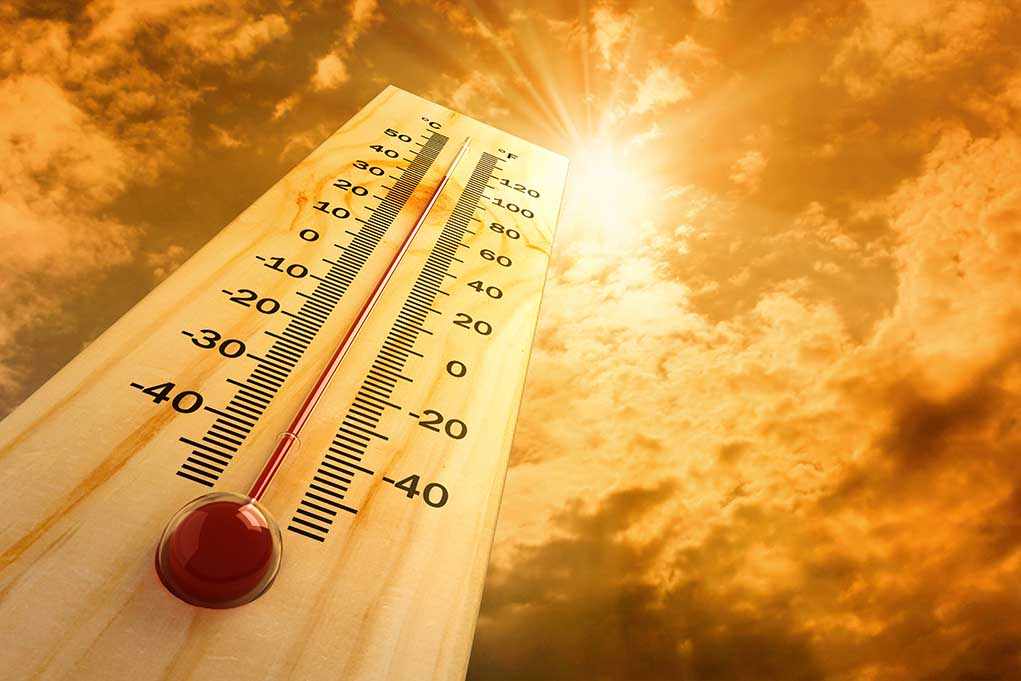
When the sun turns from friend to foe, are you and your home ready to withstand the wrath of an excessive heat warning?
At a Glance
- Excessive heat warnings alert us to dangerous temperatures and humidity.
- The Urban Heat Island Effect makes cities even hotter.
- Vulnerable groups like the elderly and outdoor workers face the greatest risks.
- Preparation involves both immediate actions and long-term planning.
Understanding Excessive Heat Warnings
Excessive heat warnings are official alerts signaling dangerously high temperatures and humidity levels that threaten health. The National Weather Service issues these warnings when the heat index is forecast to hit at least 105°F for extended periods. This is not just about feeling uncomfortable; it’s about preventing heat-related illnesses and deaths. In 2022, the U.S. reported 1,714 heat-related fatalities, the highest in over 20 years, illustrating the growing danger of extreme heat.
Urban areas are especially vulnerable due to the Urban Heat Island Effect, where concrete and asphalt trap heat, intensifying the already scorching temperatures. It’s like Mother Nature’s way of making sure we don’t forget our sunscreen, hats, and a gallon of water when venturing outdoors.
Immediate Actions for Safety
When a heat wave strikes, the first line of defense is staying hydrated and seeking cool environments. This might mean heading to a public cooling center if your air conditioning is on the fritz or simply retreating to a basement where it’s naturally cooler. For those still working in outdoor conditions, adjusting work hours to avoid peak heat times can be a lifesaver. Keep an eye out for signs of heat exhaustion and heat stroke, which can turn deadly if not addressed promptly.
Checking in on vulnerable family members, friends, and neighbors is crucial during these times. The elderly, children, and those with health conditions are particularly susceptible to heat-related illnesses. Ensuring they have access to air conditioning and plenty of fluids can make all the difference.
Long-Term Strategies for Heat Resilience
Beyond immediate actions, communities must consider long-term strategies to mitigate the effects of extreme heat. Incorporating green spaces, reflective roofing, and improved insulation can significantly reduce temperatures in urban areas. These adaptations not only combat the heat but also contribute to energy efficiency and lower utility bills.
Policy changes are also on the horizon, with some experts advocating for mandatory cooling standards in rental properties and expanded public cooling resources. The goal is to ensure everyone has access to a safe environment during heat events, regardless of economic status.
The Role of Stakeholders
Various stakeholders play a crucial role in managing heat emergencies. The National Weather Service leads the charge with timely alerts, while the CDC tracks heat-related illnesses and provides health guidance. Local governments establish emergency cooling centers and coordinate responses, while utility companies strive to maintain power grid stability as air conditioning usage spikes.
Meanwhile, the general public’s cooperation in conserving energy and adhering to heat advisories is vital. By working together, communities can better withstand the challenges posed by scorching temperatures.
Sources:
CBS News New York (2024-06-21)
Oregon.gov (Understanding Heat Advisories)











